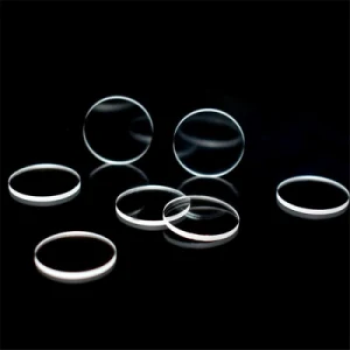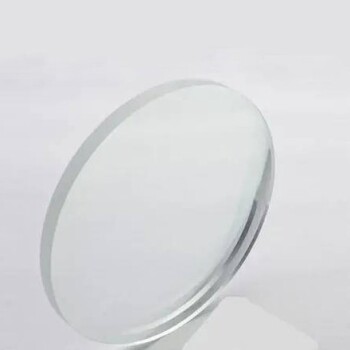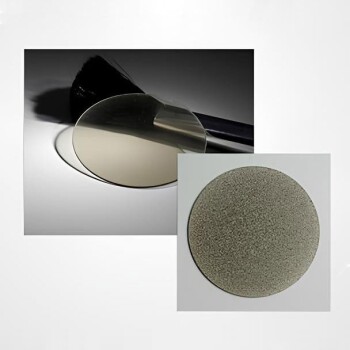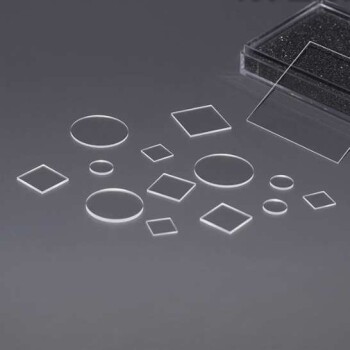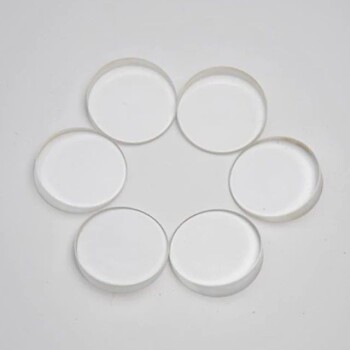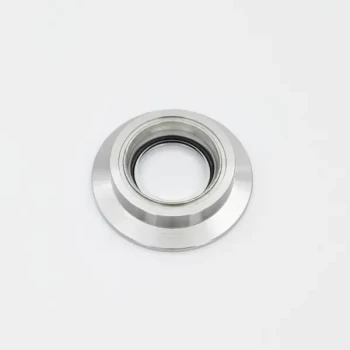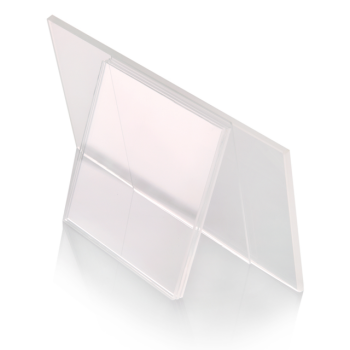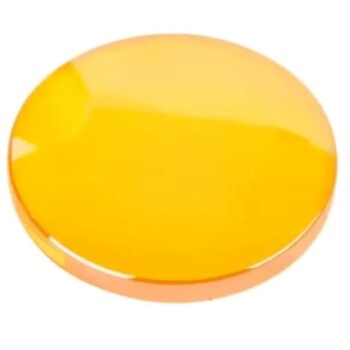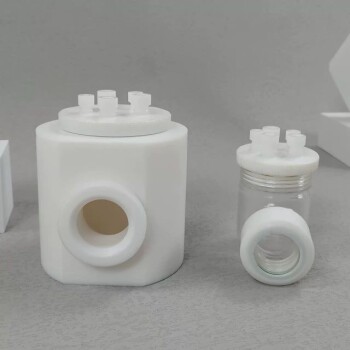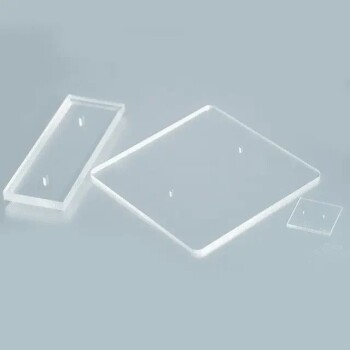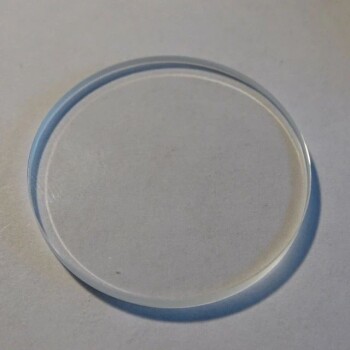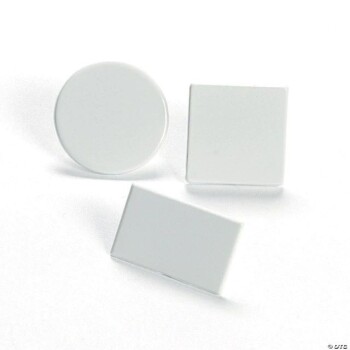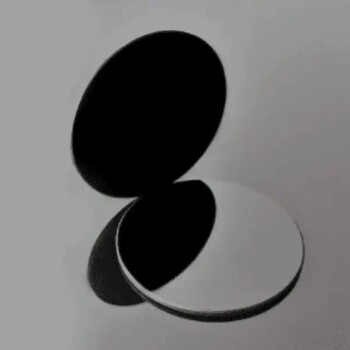Precision Docking
Concept of Window Tabs
Optical window tabs serve as foundational optical components, acting as a barrier between internal and external environments. Their primary function is to safeguard valuable optical elements from environmental contaminants and physical damage. These tabs are essential in various optical systems, ensuring the integrity and performance of the enclosed components.
The role of window tabs extends beyond mere protection; they also facilitate the transmission of light while maintaining the optical properties of the system. This dual functionality makes them indispensable in applications ranging from scientific instruments to industrial equipment.
In summary, optical window tabs are not just passive barriers but active participants in maintaining the efficiency and longevity of optical systems. Their design and material selection are critical to achieving optimal performance and reliability.
Key Considerations
When selecting the right window pane, several critical factors must be carefully evaluated to ensure optimal performance and durability. The primary considerations include the substrate material, the coating process, and the optical and mechanical precision of the window pane.
Substrate Material
The choice of substrate material is paramount as it directly influences the window pane's performance characteristics. Key attributes to consider include the material's wavelength response, refractive index, dispersion coefficient, density, coefficient of thermal expansion, softening temperature, and Knoop's hardness. Each of these properties plays a crucial role in determining how the window pane will perform under various conditions, such as temperature fluctuations, mechanical stress, and exposure to different light wavelengths.
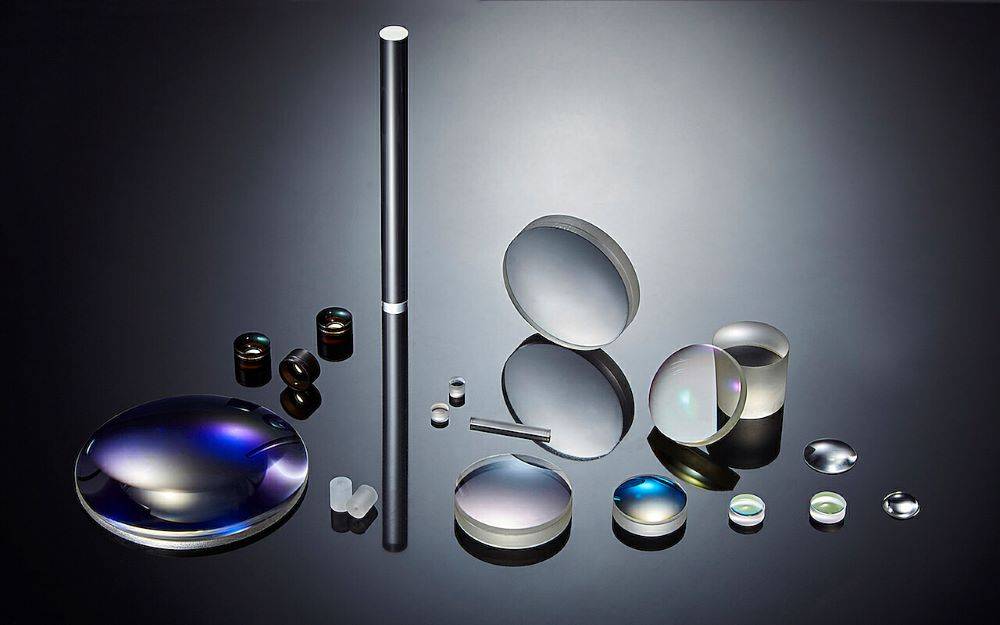
Coating Process
The coating process is another essential factor that significantly impacts the window pane's functionality. Coatings are often applied to enhance transmittance by reducing surface reflection losses and improving light transmission. The type and quality of the coating can vary widely, with options ranging from simple anti-reflective coatings to more complex multilayer dielectric coatings. The choice of coating process should align with the specific optical requirements of the application, ensuring that the window pane delivers the desired optical performance.
Optical and Mechanical Precision
Optical and mechanical precision are critical for ensuring that the window pane meets the required standards for surface flatness, parallelism, and surface quality. These factors are particularly important in applications where high accuracy is necessary, such as in scientific instruments or high-precision optical systems. The level of precision required will depend on the specific needs of the application, with some applications demanding near-perfect surface finishes and parallelism, while others may tolerate minor imperfections.
By carefully considering these key factors—substrate material, coating process, and optical and mechanical precision—one can make an informed decision when selecting the right window pane for their specific needs.
Window Sheet Selection Factors
Substrate Material
The selection of substrate material is a critical decision that hinges on a myriad of factors, each influencing the performance and suitability of the optical glass sheets. These factors include the operational wavelength of the system, which dictates the material's transparency and effectiveness in the desired spectral range. Additionally, the refractive index plays a pivotal role, affecting how light interacts with the material and determining the clarity and distortion levels of the transmitted light.
Moreover, the dispersion coefficient is essential, as it quantifies how the refractive index varies with wavelength, impacting the chromatic aberration and overall optical quality. The density of the material affects its durability and weight, which are crucial considerations for applications where portability or structural integrity is a concern.
Thermal properties are equally significant; the coefficient of thermal expansion must be carefully considered to ensure the material can withstand thermal fluctuations without warping or cracking. The softening temperature indicates the material's resistance to deformation under heat, which is vital for high-temperature applications. Lastly, Knoop's hardness measures the material's resistance to scratching and abrasion, ensuring long-term optical clarity and durability.
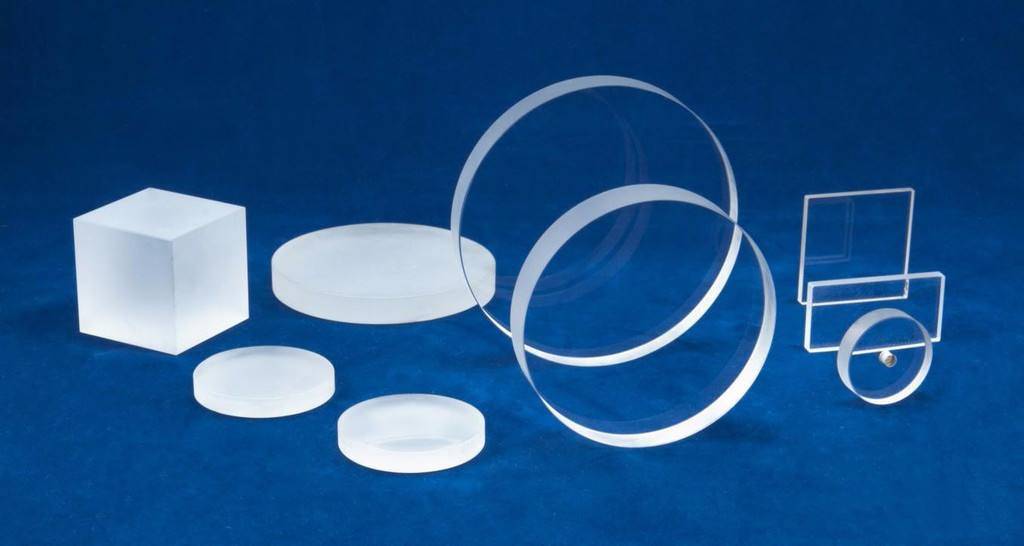
Each of these properties—wavelength, refractive index, dispersion coefficient, density, coefficient of thermal expansion, softening temperature, and Knoop's hardness—must be meticulously evaluated to select the optimal substrate material for the specific optical glass sheets requirements.
Optical and Mechanical Precision
When selecting optical glass sheets, the mechanical and optical precision of the components play a pivotal role. These precision factors are critical in ensuring the functionality and reliability of the optical system. Key parameters to consider include surface flatness, parallelism, and surface quality. Each of these factors is tailored to meet specific application requirements, ensuring optimal performance.
Surface Flatness is crucial for maintaining the integrity of the optical path. Deviations from flatness can lead to distortions in the light passing through the window, affecting the clarity and accuracy of the optical system. This parameter is particularly important in high-precision applications such as laser systems and imaging devices.
Parallelism refers to the degree to which the two surfaces of the window are parallel to each other. Inaccurate parallelism can result in uneven light transmission, causing issues like astigmatism in optical systems. This is a critical factor in applications requiring uniform light distribution, such as in spectrometers and interferometers.
Surface Quality encompasses the overall condition of the window's surfaces, including any scratches, pits, or other imperfections. High surface quality is essential for minimizing light scattering and maintaining the efficiency of the optical system. This is particularly important in sensitive applications like microscopy and high-resolution imaging.
Each of these factors varies significantly based on the specific needs of the application. For instance, in medical imaging, high surface quality and flatness are paramount to ensure clear and accurate images. In contrast, industrial applications might prioritize parallelism to ensure uniform light distribution across a large area. Therefore, understanding and specifying these parameters accurately is essential for selecting the right optical glass sheets for any given application.
Coating Options
Window sheets are often enhanced with specialized coatings to optimize their optical properties. These coatings, typically transmittance enhancement films, play a crucial role in reducing surface reflection loss and improving overall light transmission. The effectiveness of these coatings is particularly significant in applications where maintaining a high level of light transmission is essential, such as in optics and photonics.
| Coating Type | Primary Function | Key Benefits |
|---|---|---|
| Anti-Reflective (AR) | Reduces surface reflections | Increases light transmission, minimizes glare |
| Durable Hard Coat (DHC) | Protects the window surface | Enhances durability, resists scratches and wear |
| Reflective | Controls light transmission | Useful in applications requiring specific light management |
The choice of coating depends on the specific requirements of the application, including the wavelength of light being transmitted and the environmental conditions the window sheet will be exposed to. For instance, an anti-reflective coating might be ideal for a high-precision optical instrument, while a durable hard coat could be more suitable for a window sheet in a rugged outdoor environment.

By carefully selecting and applying these coatings, manufacturers can significantly enhance the performance and longevity of window sheets, ensuring they meet the stringent demands of various optical applications.
Practical Application Considerations
Example of Procurement Needs
When considering the procurement of optical glass sheets, the choice of substrate material, specification, and wavelength band are pivotal factors that dictate the categorization and market demand of the product. For instance, in the aerospace industry, windows must withstand extreme temperatures and pressures, necessitating the use of high-density, heat-resistant materials like sapphire or fused silica. These materials not only ensure the structural integrity of the window but also maintain optical clarity across a broad spectrum of wavelengths.
Moreover, the specification of the window, including its dimensions, thickness, and surface flatness, plays a critical role in its application. Precision optics, such as those used in laser systems, require windows with exceptional parallelism and surface quality to minimize light distortion and maximize transmission efficiency. This level of precision often correlates with higher manufacturing costs, thereby influencing the market demand and pricing of these products.
The wavelength band for which the window is designed is another significant determinant. Windows for infrared applications, for example, are often made from materials like ZnSe window or zinc selenide, which have high transmittance in the infrared spectrum. Conversely, ultraviolet windows may be constructed from quartz or magnesium fluoride to optimize performance in that specific wavelength range. The specific requirements of the wavelength band directly impact the choice of substrate and the subsequent market demand for the product.
In summary, the procurement needs for optical glass sheets are intricately linked to the substrate material, specification, and wavelength band, each of which influences the product's categorization and market demand.
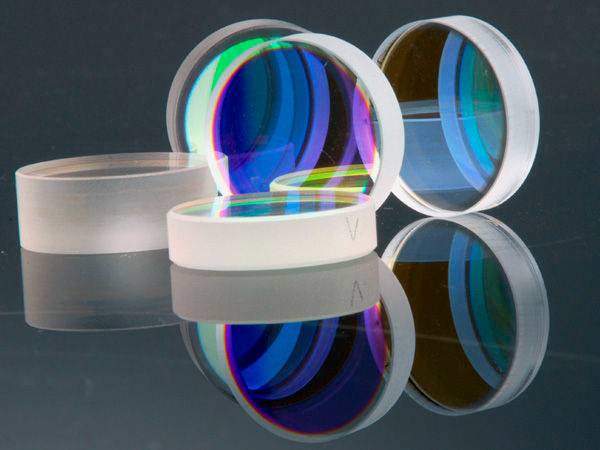
Impact of Additional Parameters
Additional parameters such as parallelism, surface quality, and damage threshold significantly influence the complexity and technical sophistication of optical glass sheets production. These factors not only elevate the processing difficulty but also enhance the overall technical content involved in manufacturing these components.
For instance, parallelism refers to the degree to which two surfaces of the window sheet are parallel to each other. High levels of parallelism are crucial in applications where precise alignment is necessary, such as in laser systems or high-resolution imaging devices. Achieving this level of precision requires advanced manufacturing techniques and stringent quality control measures, thereby increasing production costs.
Surface quality is another critical parameter that affects the performance and durability of optical glass sheets. High-quality surfaces are essential for minimizing light scattering and ensuring optimal light transmission. However, achieving such surface quality involves complex polishing and finishing processes, which add to the technical complexity and cost of production.
The damage threshold of an optical glass sheets determines its ability to withstand high-intensity light without damage. This parameter is particularly important in applications involving high-power lasers or intense light sources. Ensuring a high damage threshold requires the use of specialized materials and advanced coating techniques, further complicating the manufacturing process and increasing the technical content.
These additional parameters collectively contribute to the overall processing difficulty and technical content of optical glass sheets production. As a result, they significantly impact market demand and pricing. Products with higher technical specifications and better performance capabilities often command higher prices due to their superior quality and the advanced manufacturing processes involved.
Related Products
- High Temperature Resistant Optical Quartz Glass Sheet
- Optical Ultra-Clear Glass Sheet for Laboratory K9 B270 BK7
- CVD Diamond Optical Windows for Lab Applications
- Infrared Transmission Coating Sapphire Sheet Substrate Window
- Optical Window Glass Substrate Wafer CaF2 Substrate Window Lens
Related Articles
- Unveiling the Exceptional Properties and Applications of Optical Quartz Plates
- Comprehensive Guide to Atmosphere Furnaces: Types, Applications, and Benefits
- Understanding Quartz Electrolytic Cells: Applications, Mechanisms, and Advantages
- Technological Innovations in the Fused Silica Industry
- How to Save Money When Buying a Rotary Evaporator (Rotavapor)

